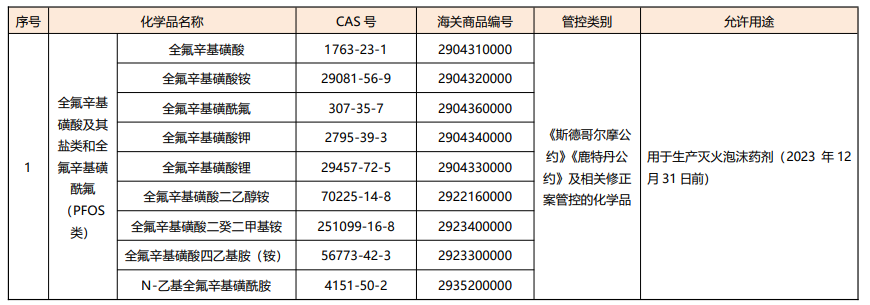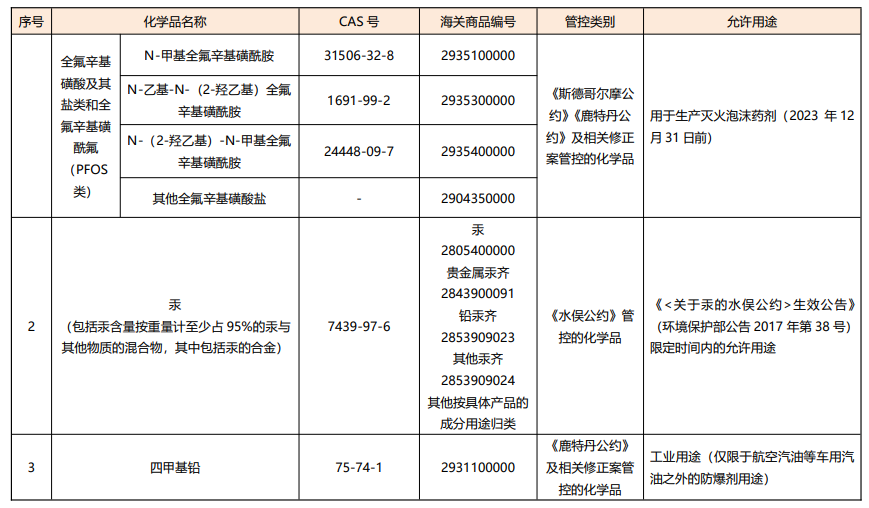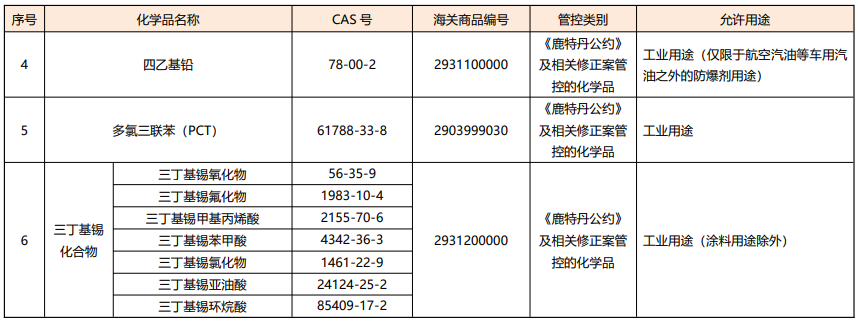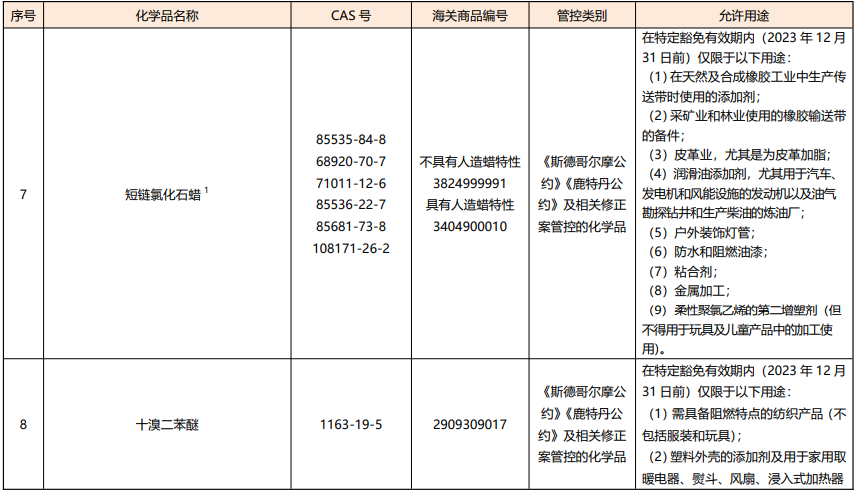On June 16, the Ministry of Ecology issued a letter about publicly soliciting opinions on the “Announcement on Printing and Distributing the List of Toxic Chemicals Strictly Restricted in China (2023) (Draft for Comment)”.
In order to implement the “Standing Committee of the National People’s Congress on Approving the Amendment to the Stockholm Convention on Persistent Organic Pollutants to List Three Types of Persistent Organic Pollutants” In accordance with relevant requirements such as the Decision on the Amendment to List Three Types of Persistent Organic Pollutants including Short-Chained Chlorinated Paraffins in the Convention, the List of New Pollutants for Key Control (2023 Edition) and other relevant requirements, our Ministry organized the revision of the “About Printing and Distributing “China Strictly Restricted The Announcement on the Inventory of Toxic Chemicals (2020), completed the revision draft for comments. Now open for comments.
All agencies, groups, industry associations, enterprises, institutions, and individuals can put forward opinions and suggestions. Please submit relevant opinions in writing to the Department of Solid Waste and Chemicals of the Ministry of Ecology and Environment. Please send the electronic version of the materials to the email address of the contact person at the same time (for specific contact information, please refer to Official website of the Ministry of Ecology and Environment). The deadline for comments is June 26, 2023.
modify the content
According to the implementation process of the Convention and the progress of my country’s environmental management of chemical substances, the “Inventory” is revised as follows:
1. The relevant contents of two types of chemical substances such as decabromodiphenyl ether are newly added. According to the amendment to add decabromodiphenyl ether, perfluorooctanoic acid and its salts and their related compounds (PFOA) to Annex III of the Rotterdam Convention, as well as the relevant provisions of the “List”, added to the “Inventory” Decabromodiphenyl ether and other two types of chemical substances, and their allowed uses are specified.
2. Delete the chemical substances that have been phased out in my country and the uses that have been banned. In accordance with the implementation process of the “Stockholm Convention” and the relevant provisions of the “List”, hexabromocyclododecane in the “Inventory” has been deleted, and perfluorooctane sulfonic acid and its salts and perfluorooctane sulfonyl fluoride (PFOS) have been deleted. category), only the production of fire extinguishing foam agents is reserved.
3. Update the substance information and control requirements of short-chain chlorinated paraffins. According to the relevant provisions of the “Amendment” and “List”, the Chemical Abstracts Service registration number (CAS number) and its permitted use of short-chain chlorinated paraffins have been updated.
4. Optimize the expression of allowed uses in the registration conditions. The allowed uses in the “Inventory” all come from my country’s chemical environmental management policies, as well as the relevant requirements of relevant conventions and their amendments. Considering that the allowed uses of each type of chemical substance have been listed in Appendix 1, when registering Conditional expressions are not repeated.
attachment1
List of Toxic Chemicals Severely Restricted in China (2023)
In this directory, the “Stockholm Convention on Persistent Organic Pollutants” is referred to as the “Stockholm Convention”, the “Minamata Convention on Mercury” is referred to as the The Rotterdam Convention on the Informed Consent Procedure is referred to as the Rotterdam Convention.





Note:
1. Short-chain chlorinated paraffins are straight-chain chlorinated hydrocarbons with a chain length of C10 to C13 and a chlorine content exceeding 48% by weight, in a concentration greater than or equal to 1% by weight in mixtures.
2. PFOA refers to: (i) perfluorooctanoic acid (335-67-1), including any of its branched isomers; (ii) perfluorooctanoic acid salts; (iii) perfluorooctanoic acid related compounds, that is, any substance that will degrade into perfluorooctanoic acid , — 9 — Including any substance (including salts and polymers) containing linear or branched perfluorinated groups with (C7F15)C moiety as one of the structural elements. The following compounds are not listed as PFOA-related compounds: (i) C8F17-X, where X = F, Cl, Br; (ii) fluoropolymers covered by CF3[CF2]n-R’, where R’ = any group , n>16; (iii) perfluoroalkyl carboxylic acids and phosphonic acids (including their salts, lipids, halides and anhydrides) with ≥8 perfluorocarbon atoms; (iv) perfluoroalkyl carboxylic acids and phosphonic acids with ≥9 perfluorocarbon atoms; Perfluoroalkane sulfonic acids (including their salts, lipids, halides and anhydrides) with fluorinated carbon atoms; (v) PFOS and its salts and perfluoroalkanesphenylsulfonyl fluoride.
3. “Strictly restricted chemicals” refer to chemicals whose use is prohibited due to damage to health and the environment, but authorized to be used in some special cases.
4. “Toxic chemicals” refer to chemicals that damage health and the environment through environmental accumulation, bioaccumulation, biotransformation or chemical reactions after entering the environment, or chemicals that have serious harm to the human body and potential environmental hazards through contact.
5. CAS number, namely Chemical Abstracts Service (Chemical Abstracts Service, abbreviated as CAS) registration number.
6. The scope of goods is subject to the name of the chemical, and the customs commodity number is for reference in customs declaration.
7. Laboratory-scale research or use as a reference standard are also considered permissible uses.



 微信扫一扫打赏
微信扫一扫打赏
